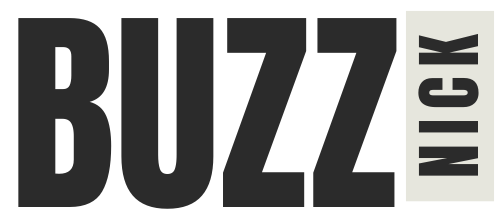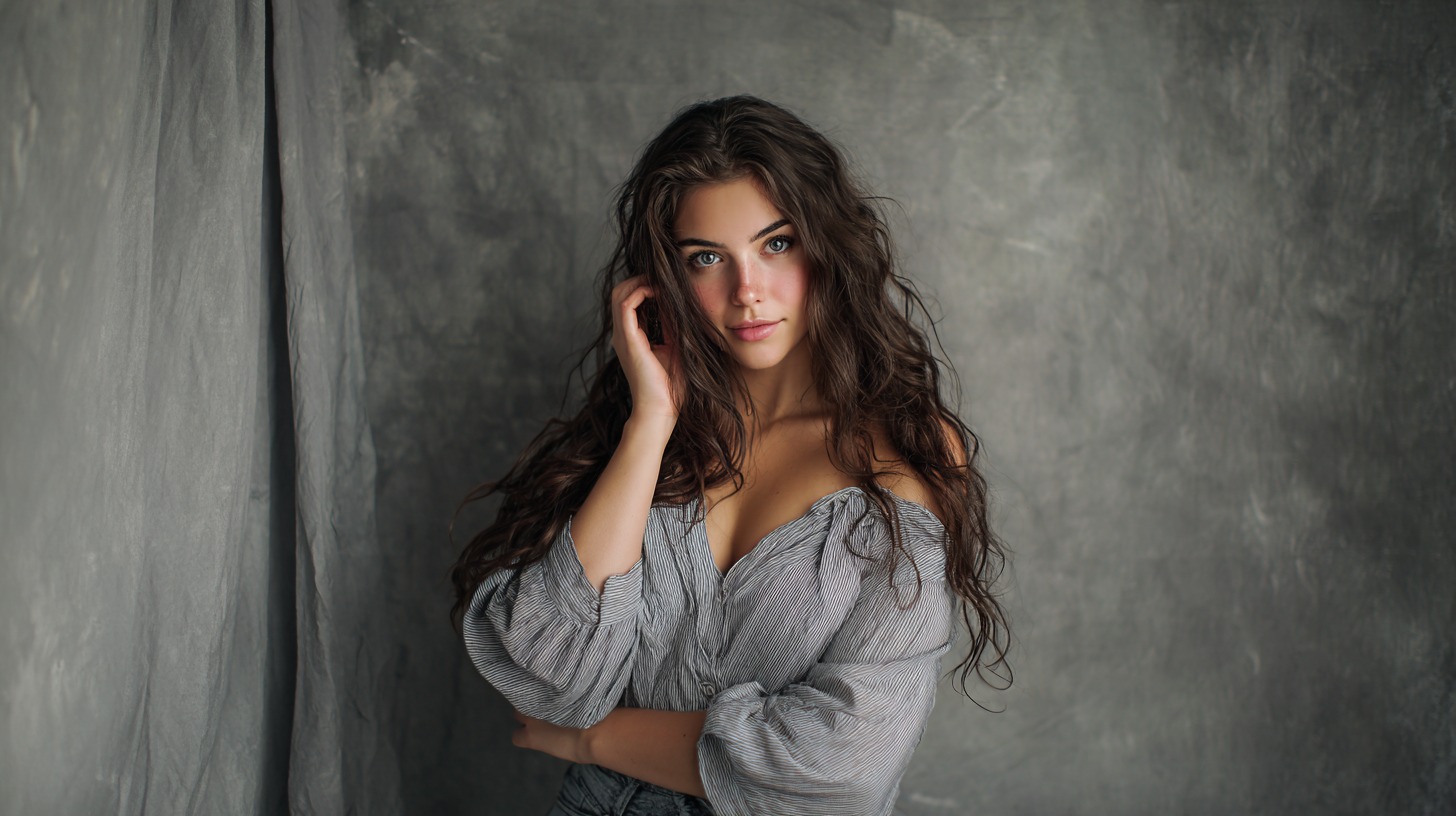Backgrounds play a decisive role in shaping how a portrait or headshot is received.
A carefully chosen backdrop can enhance the mood and reinforce personal or professional branding.
Audiences often make quick judgments, and a mismatched or distracting setting can reduce credibility or impact.
A well-planned choice helps the subject project authority, creativity, or relatability.
Background Basics – Purpose & Function
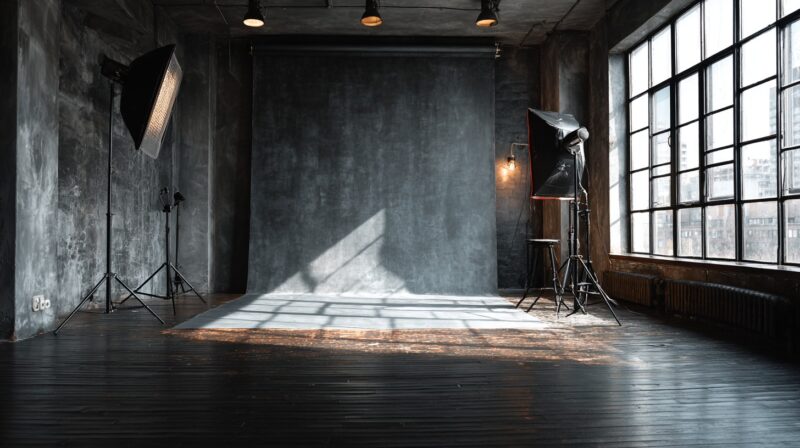
A background shapes how a subject is perceived and adds visual meaning to the final image.
Without careful attention, even the most expressive subject can lose impact.
When chosen deliberately, a background can support storytelling, emphasize professionalism, or highlight individuality.
The Role of Backgrounds in Portrait Photography

Backgrounds can either provide context or ensure clean isolation so attention rests on facial features, expression, and posture.
A plain wall or seamless paper keeps focus entirely on the subject, while a softly blurred environment can communicate personality or lifestyle.
Strong backdrops should never distract. Instead, they support the subject, creating harmony with the wardrobe and lighting.
- Professionalism
- Creativity
- Authority
Types of Portraits That Use Backgrounds
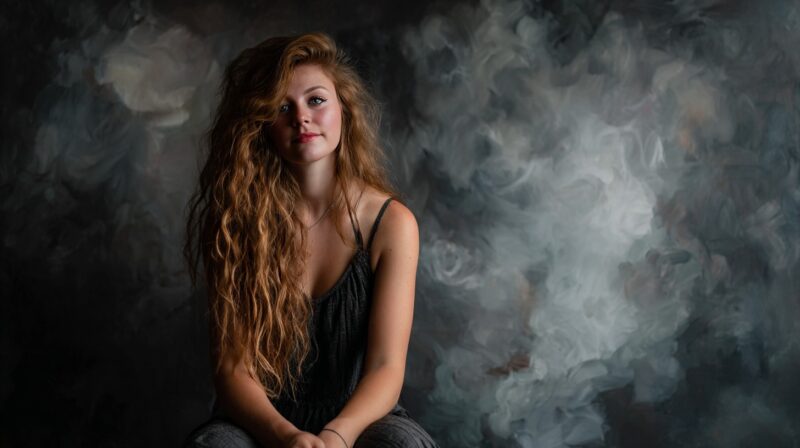
Different portrait categories demand specific visual choices.
Corporate headshots typically feature clean and neutral tones that communicate trust and competence.
Actor or modeling portfolios often use flexible setups, ranging from plain studio walls to textured options that highlight versatility.
Entrepreneurs and creatives might opt for bold, color-driven scenes that reflect brand identity.
Casual or lifestyle images such as dating profiles or social media portraits can benefit from relatable environments like parks, cafes, or book-filled spaces.
Types of Backgrounds
Every portrait session requires evaluating which type of background works best for the subject’s purpose.
Options range from authentic environmental settings to controlled artificial studio setups.
Digital and hybrid methods expand creative freedom, allowing photographers to adapt when travel or resources are limited.
Environmental Backgrounds
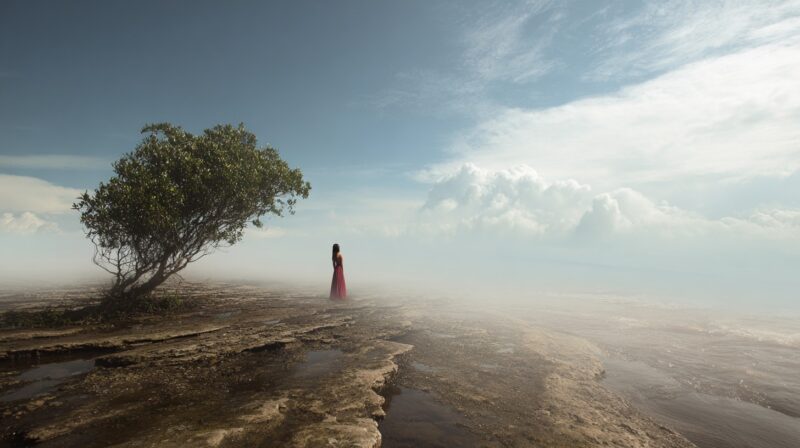
Natural or built environments add authenticity and storytelling potential.
Parks, offices, bookstores, or streets provide cues about profession, lifestyle, or interests.
Cityscapes suggest energy and ambition, while natural scenes communicate openness and ease.
- Advantages: authenticity, relatability, mood-setting
- Best for: lifestyle portraits, casual branding, storytelling headshots
- Camera tip: wide-aperture lenses (f/2.8 or lower) help blur distractions
Artificial Backgrounds
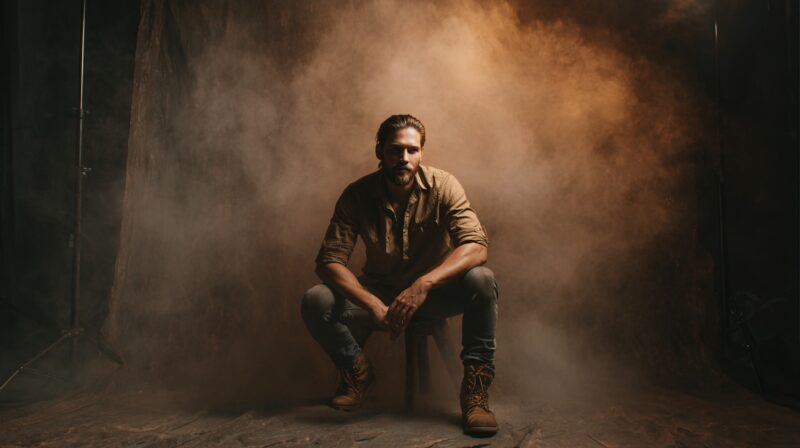
Studio photographers often rely on controlled artificial backdrops.
Seamless paper rolls in white, grey, or black create timeless results.
Muslin, textured fabrics, or collapsible screens offer flexibility and portability.
- Advantages: repeatable results, full lighting control, consistency
- Best for: corporate sessions, portfolios requiring uniformity
- Creative option: colored gels to alter tone or mood
Studio Setup & Equipment Tips
Studio setups give photographers complete control over:
- Lighting
- Backdrop
- Subject placement
Equipment choices determine flexibility and efficiency during sessions.
Some of the equipment essentials are:
- Studios benefit from a variety of backdrop types and backdrops for photos to achieve consistent results.
- Collapsible options for portability
- Seamless rolls for consistent coverage
- Printed designs for creative flair
- Independent lighting setups for subject and background
- Lenses between 50mm–135mm for flattering compression
Digital/Post-Production Backgrounds
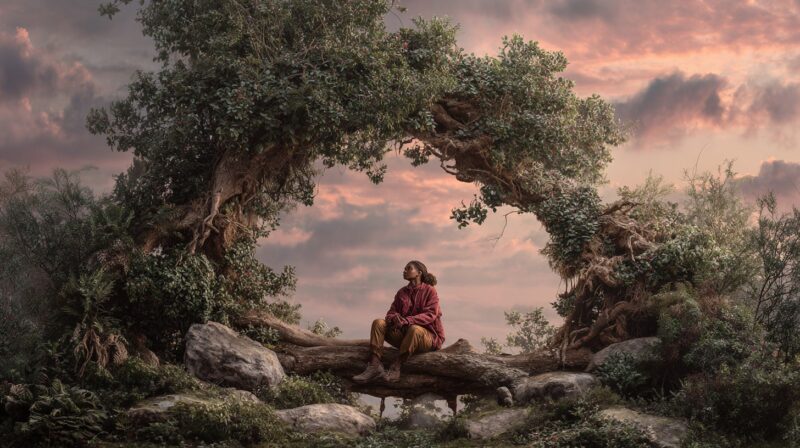
Modern photography editing software makes it possible to replace or enhance backgrounds entirely.
Photoshop tools such as object selection and Gaussian blur provide natural integration when combined with consistent lighting.
- Advantages: maximum flexibility, brand uniformity across subjects
- Best for: companies needing consistent corporate imagery
- Risk: mismatched lighting or cutout effect if editing is rushed
Hybrid/Projected Backgrounds
Hybrid methods use screens or projectors to display visual environments during the shoot. This merges in-camera practicality with creative variety.
- Advantages: flexibility without travel, instant variety
- Best for: stylized campaigns, budget-conscious projects
- Challenge: careful lighting required to avoid shadows
Choosing the Right Background by Purpose

Different purposes demand different visual strategies.
A background that works for a corporate executive may not suit a performer or a dating profile.
Color, texture, and depth should always match the intended message.
Corporate & Business Headshots
Corporate photography prioritizes authority, trust, and professionalism.
- Neutral solid tones (grey, black, white) convey reliability
- Simple designs prevent distraction and highlight subject’s face
- Best matched with formal wardrobe such as suits or muted dresses
Creative Professionals & Entrepreneurs
Creative branding thrives on boldness and individuality.
- Blue tones project trust, red signals boldness, earthy colors suggest balance
- Textures, patterns, and bokeh add depth to branding
- Backgrounds should align with message, audience, and industry positioning
Actors & Performers
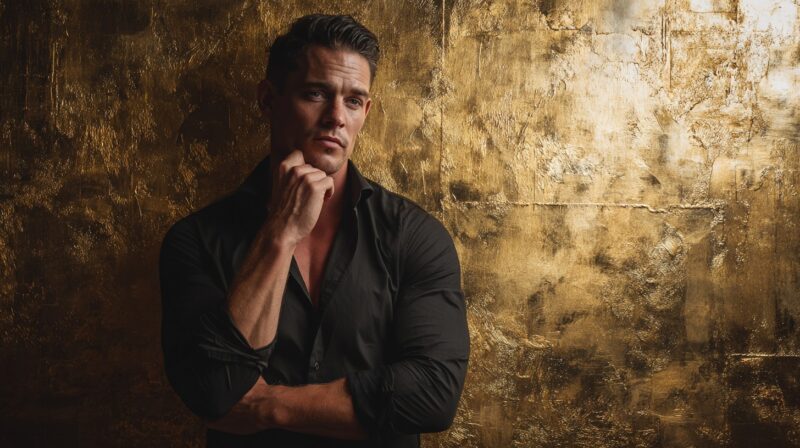
Actors and performers need versatility in their visual portfolios.
- Neutral backgrounds in studio formats highlight natural expression
- Lifestyle or theatrical setups add range for casting purposes
- Dramatic lighting or fabric backdrops highlight artistic qualities
Online Dating & Personal Use
Personal portraits benefit from natural storytelling and authenticity.
- Cafes, parks, or home libraries create relatable cues
- Backgrounds should highlight hobbies or lifestyle without clutter
- Personality-forward settings encourage confidence and approachability
Lighting and Depth
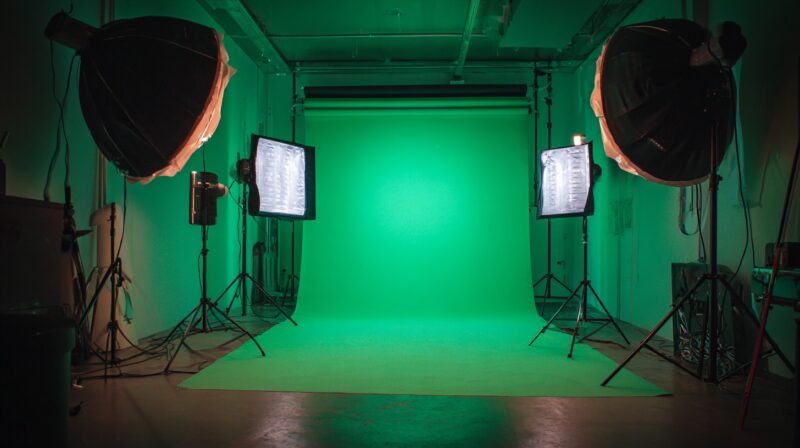
Lighting defines how a subject interacts with the chosen backdrop.
A well-lit background separates the subject and prevents flat or lifeless visuals.
Creating depth through careful illumination and aperture settings ensures images feel polished and dimensional.
Backdrop Illumination
Lighting control determines how a background complements the subject.
A dimly lit wall may appear lifeless, while proper illumination creates depth and separation.
Rim lights or accent lights directed toward the background can add subtle glow or texture, ensuring a polished result.
Careful lighting prevents the common issue of flat or poorly integrated backdrops.
The Bokeh Effect
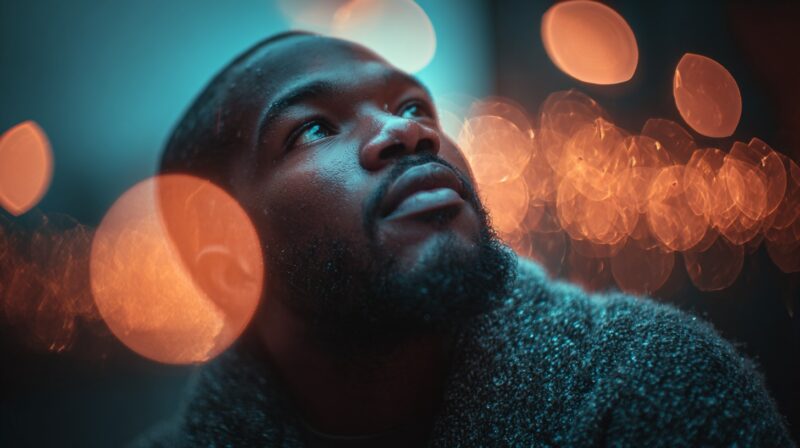
Shallow depth of field is a classic way to enhance portraits.
Wide apertures such as f/1.8 or f/2.8 produce blurred backgrounds that draw attention to the subject’s face.
In environmental photography, bokeh effect turns cluttered details like streetlights or foliage into pleasing abstract textures.
Proper use of aperture and focal length ensures balance between atmosphere and clarity.
Color Theory and Wardrobe Coordination
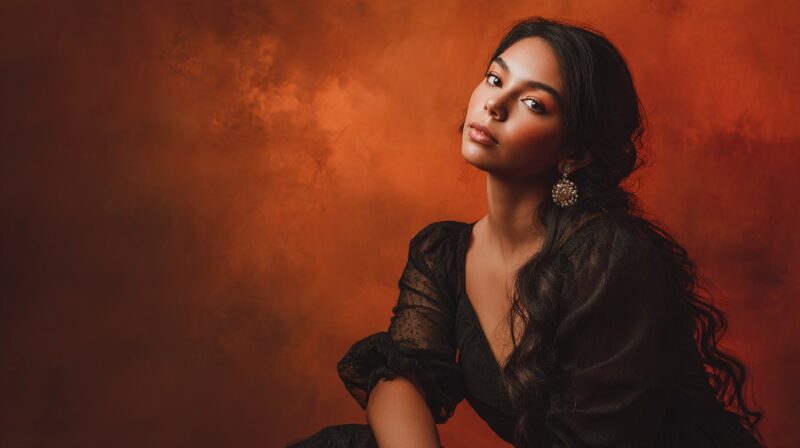
Color has a direct influence on emotion and perception.
Matching a subject’s outfit to the chosen background can make or break the visual balance.
Subtle contrasts or harmonious blends help achieve a polished professional result.
Matching Backgrounds to Skin Tone and Outfit
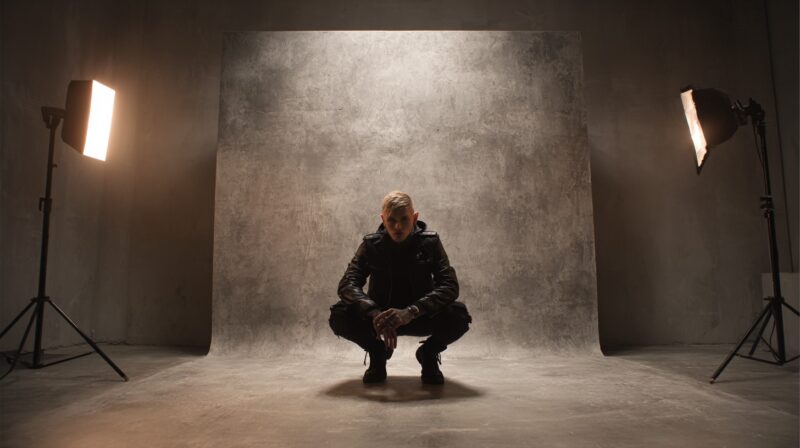
Skin tones and wardrobe play a major role in background choice.
Warm-toned individuals often benefit from cooler backdrops like grey or blue, while cool undertones pair well with warmer tones such as beige or brown.
Harmony creates a polished feel, while intentional contrast can add striking visual interest.
Industry-Specific Color Palettes
Different industries lean on distinct palettes to reflect brand identity. Finance professionals often use navy or grey, projecting authority and steadiness.
Technology specialists may lean on light neutrals and clean blue tones to signal innovation.
Creative professionals often experiment with bright pops of color to showcase originality.
Retouching & Editing Considerations
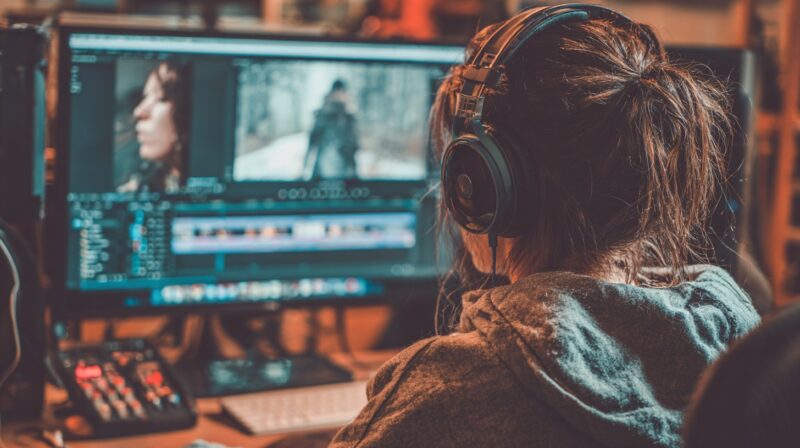
Post-production should refine rather than replace strong photography.
Lightroom offers global adjustments, while Photoshop enables selective retouching of backgrounds.
Decisions about blur versus detail retention depend on the intended use of the portrait.
Editing can remove blemishes in the backdrop or adjust tones to complement wardrobe and skin. Over-editing risks artificial results, so restraint is key.
Backgrounds for Groups or Team Photos
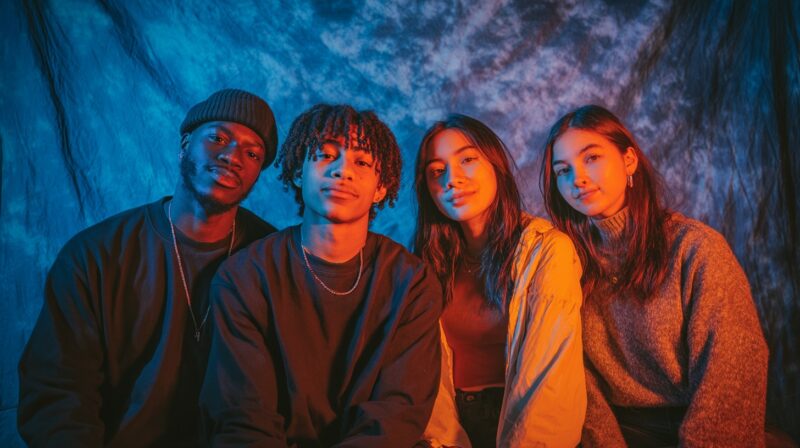
Backgrounds must remain simple enough not to overwhelm multiple faces while aligning with the company or group identity.
Consistency in brand colors ensures cohesion without forcing identical outfits.
Neutral tones often work best for teams, allowing personalities to come forward without visual clutter.
Photographers must also consider spacing, as too little room between subjects and the backdrop can cause unwanted shadows.
Strategic posing and layered positioning help create natural flow. For large organizations, standardized setups across multiple sessions reinforce brand identity.
The Bottom Line
Backgrounds serve as more than decorative elements in portrait photography. They shape perception, highlight personality, and reinforce professional or personal branding.
A strong choice can project authority, warmth, or creativity depending on the subject’s goals.
Lighting, depth, and color coordination elevate a simple image into a compelling visual statement.
Photographers should experiment with combinations, adapting to both subject and context.
The right backdrop ensures every portrait tells the intended story.
